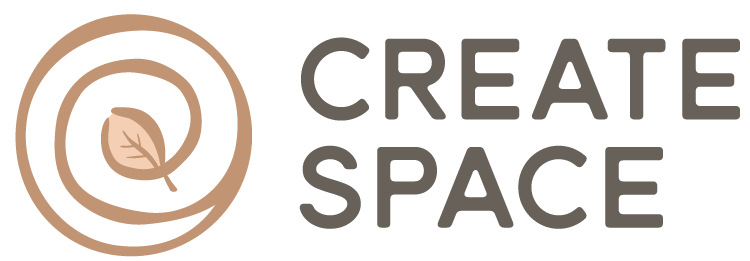By Roxanne Pals
As a nurse leader, I sometimes scheduled one-on-one conversations with each of my direct reports outside of our regular meetings. These conversations were opportunities to learn about the challenges they saw in their work and how I could support them. The themes I uncovered—such as a desire to self-schedule shifts or have blood pressure cups that work—were issues that I could then work to address.
Now as a consultant, I encourage leaders to start any change effort by gathering data. Meaningful information often comes from surveys and engagement metrics, but I find some of the best data surfaces through focused conversations with people.
I take this advice to heart with my own business. Each fall, I implement what I call “Tour de Smart People.” Here is how it works for me as a possible model you can adopt for whatever leadership role you’re in:
1. Identify your purpose.
The conversations I have with leaders are designed to uncover what is on their minds and where they might need support—not only providing important direction for my work, but also learning and connection while I do most of my work without a team. From these discussions, I can prioritize my time and re-center my focus for the upcoming year to ensure I’m providing what my audience is looking for most.
2. Think about timing.
I intentionally set up these conversations each fall, because the season inspires me most and gives me the information I need to plan for the upcoming year. I find it important to seek information when you are ready to use it.
3. Send your invites.
I identify 15 leaders who know me well enough to say yes to a meeting. Perhaps they interacted with me as a client or attended one of my presentations, or we met at an event. Prior to the pandemic, I would ask to meet in person at their office, with an opportunity to tour their organization. Now, I find it easier to schedule a time to meet virtually.
When I send an invite asking to meet, I explain how the request is part of an intentional process and what I hope to learn from our conversation. I also try to make scheduling easy by offering three options and inviting them to forward me on to whomever schedules their meetings.
4. Make a list of questions.
I ask the same questions at each meeting, so I can analyze for themes across all conversations. I also pick questions that are general enough to get a sense of what is on leaders’ minds and what big-picture issues or ideas they’re thinking about.
Here are the questions I ask:
- What have you been up to?
- What’s the biggest challenge you or your leaders are facing?
- In the midst of all these challenges, what inspires you? Why do you stay in the work?
- If you were me, knowing the kind of work I do, how would you focus for the next year?
5. Analyze for themes.
These conversations always make me feel inspired and re-energized for my work ahead, but before I dive into planning, I take time to synthesize all the data I’ve gathered. From there, I pull out themes across conversations, as well as start a list of other considerations (comments that are outliers but deserve attention). Often this data reaffirms the path I’m on, but further guides me in where to put more energy.
6. Share what you’ve learned.
I make sure I follow up with each person I met with to thank them for their time. I often share some of the insights I learned, so they can also use the information in their work.
What conversations should you have?
Gathering this data leads to a more in-depth understanding of what my audience’s needs are and how I can be of service to them. It’s the same practice that can be applied as a servant leader within an organization. Before diving into planning for a change initiative, consider what data you can glean from those who will be most impacted by the change. What do they see and how could things be different?
We can help you get started:





